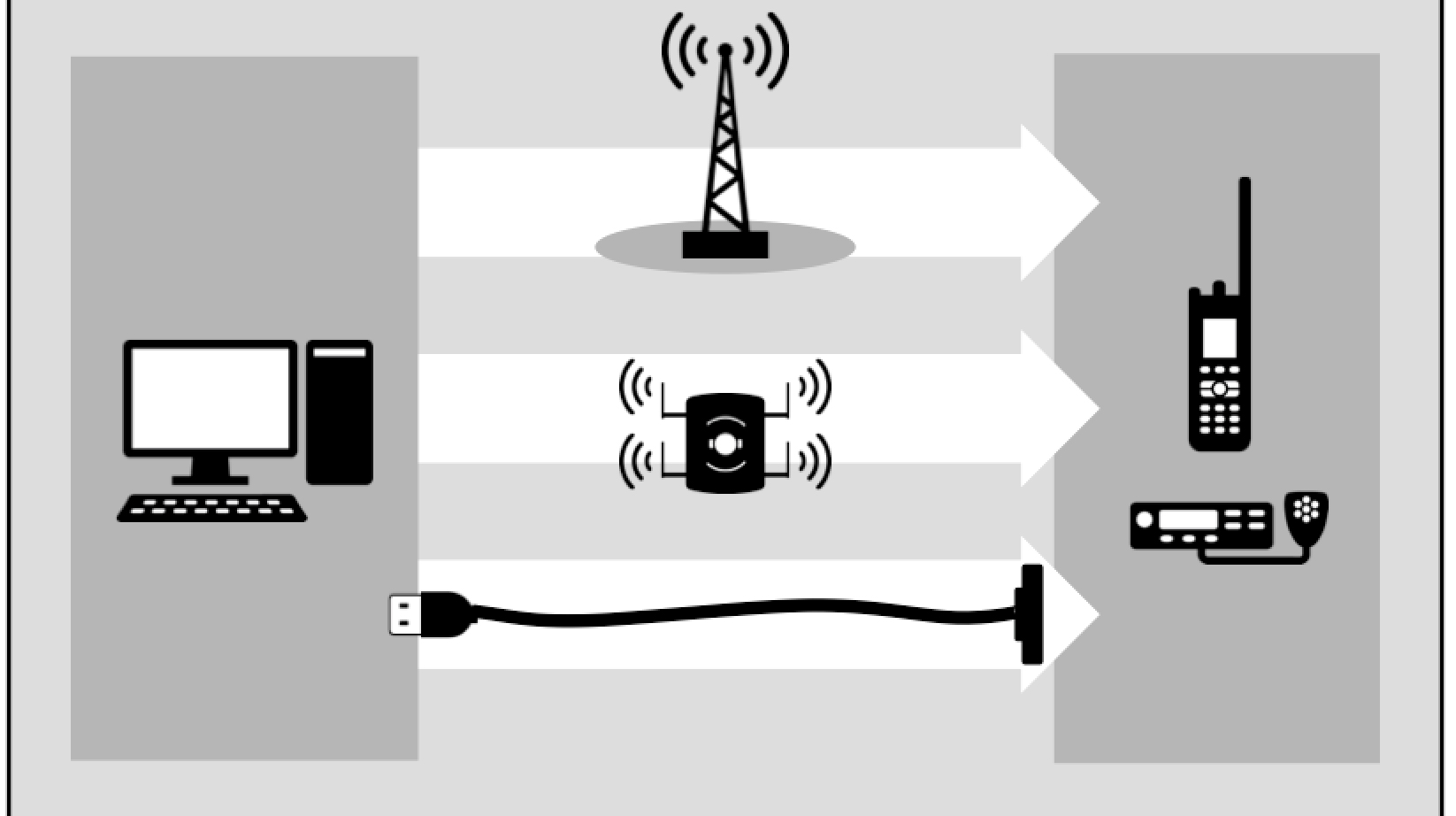Digital evidence produced by body-worn cameras is among the most sensitive and valuable data your agency produces. Preserving and ensuring the integrity of this evidence is of paramount importance to the success of your cases and the reputation of your agency.

It’s critical to maintain an airtight chain of custody for evidence from body-worn cameras. Using a unified evidence management system helps agencies ensure that this information remains both secure and organized. (image/Motorola Solutions)
The first and possibly the most difficult obstacle is to demonstrate that the evidence has not been altered from the original source. Digital evidence is relatively easy to duplicate and almost as easy to change. Remove a fraction of a second of footage from a video recording and it will be easy to show that the original and altered versions are not the same.
From capture to courtroom
It’s critical to maintain an airtight chain of custody from the capture of video on a bodycam through the downloading, processing and analysis by your agency, as well as when it’s time to share that evidence with prosecutors. Using a unified evidence management system such as CommandCentral Vault from Motorola Solutions ensures that output from body-worn cameras, dashcams and still cameras remains both secure and organized. End-to-end encryption and clear security policies protect the integrity of the data itself.
Related resources, such as reports, witness statements, dispatch logs and evidence listings are indexed with other files relevant to that case, keeping the data organized and available for quick and easy retrieval.
When information in a digital file needs to be redacted to protect informants or to conform with privacy laws, users can quickly create a new redaction project within CommandCentral Vault and draw a box over the detail to be concealed from view. The system largely automates this process so that investigators can focus on the tasks they do best.
Audit trails and sensitive data
For successful courtroom presentation, it’s absolutely critical that there be a clear audit trail of everyone who has had any contact with the evidence, even if they only watched a video or listened to an audio file. This is critical for maintenance of the integrity of the evidence, but also to protect the reputation of the agency and the strength of the case.
Audit trails are also critical when evidence is altered in any way, such as to enhance detail or redact information to maintain privacy policies. Every change in the data must be documented with not only the identification of the person(s) making the changes, but also to record precisely what was changed. It may be necessary to show the court that no information that might mislead the triers of fact was added or deleted from the file.
Data storage and retrieval
The CommandCentral Vault evidence management suite simplifies and reinforces these processes. By storing and indexing digital evidence by case, rather than by type, investigators can manage and group dissimilar evidence that relates to a common case. This helps avoid added administrative work so that investigators can prepare evidence faster and spend more time in the field.
Metadata (“data about data” that adds context, such as time stamps and GPS coordinates) is automatically added to digital files to keep relevant case information organized and easily retrievable. Users can search the available files for this metadata or for specific types of content based on grouping and filters.
CommandCentral Vault provides secure, cloud-based off-site storage that can expand as needed to meet your agency’s needs. The software provides CJIS-compliant storage and applications to ensure that your data is secure from both unauthorized access and from loss due to natural or man-made disasters.
The advantage of a vast, distributed storage network in the cloud is that there is no single point of failure for data loss. Network administration is handled by highly experienced IT professionals who service everything from corporate balance sheets to military deployment plans.
Management of digital evidence is a complex task, maybe too complex to have each law enforcement agency try to design its own system from scratch. Using a complete digital evidence ecosystem like CommandCentral Vault from Motorola Solutions can help your agency solve multiple data storage and retrieval problems while maintaining top-drawer security and ease of access. Visit the Motorola Solutions website for more information and a free 30-day trial.



